JUNG Kangja: I Want My Last Trip to the Moon
Jung Kangja: I Want My Last Trip to the Moon is the first retrospective exhibition of Jung Kangja, who passed away in July 2017. This solo exhibition, which started its preparation a year before her death, will open at ARARIO GALLERY Cheonan and Seoul at the same time. By shedding light on Jung Kangja’s artistic work, spanning 50 years, we look back on a path of passion, joys and sorrows pursued by a female artist who addressed a turbulent historical era in Korea.
Born in 1942, Jung graduated from Department of Western Painting, Hongik University. She emerged in Korean art circles through the Korean Young Artists Association Exhibition in 1967. In the 1960s and the 70s, when the powerful military government and ideologies were in conflict, Jung tried to make voices in society through various formative experiments as a member of ‘New Exhibition Coterie’ and ‘The Fourth Group’. Introducing the real politics into the context of art by using an artist’s body and performance was a challenge to the traditional ideas and a resistance on the social system. However, in 1970, the government started to impose more severe sanctions against all activities using the human body. When her first solo exhibition, Exhibition of Incorporeality(non-body), was forcibly demolished by authorities, she had to stop her artistic activities. Afterwards, Jung moved to Singapore with her family and spent time away from the Korean art scene for over 10 years. Although she wanted to secure the identity as an independent individual by placing a female body at the center of an artwork, she faced limitations in all facets of her career.
Jung Kangja: I Want My Last Trip to the Moon includes over 60 pieces consisting works from her earlier career as well as later works which reflect her persistent artistic spirit to overcome social prejudice. The artist’s socially critical mind and subjective spirit in the 1960s were connected to formative experiments in the paintings she was devoted to after her return to Korea in 1981. Jung’s strong willpower became an impetus to allow her to overcome alienation, and a driving force to make her stand in front of the canvas despite the harsh struggle with cancer. Jung’s work over the last 15 years does a poignant job of displaying her interest in something concrete and realistic, something that had expanded into interest in human beings through abstract, transcendental forms. In short, she wanted to liberate herself through “imaginations that I stretch in my own way in an unlimited, free space that is bound to nothing.”
For this retrospective exhibition, ARARIO GALLERY gathered works highlighting Jung’s artistic career: large paintings, batik works, sculptures, and smaller works in Cheonan, and leading works representing different periods in Seoul. While exploring the flow of her artworks, viewers will feel the artist’s tenacity to maintain a boundless life as well as a lonesomeness as a woman and artist. We hope that viewers can have an opportunity to see deeper into the meaning of life and art through this exhibition, one which summarizes the artist’s life.
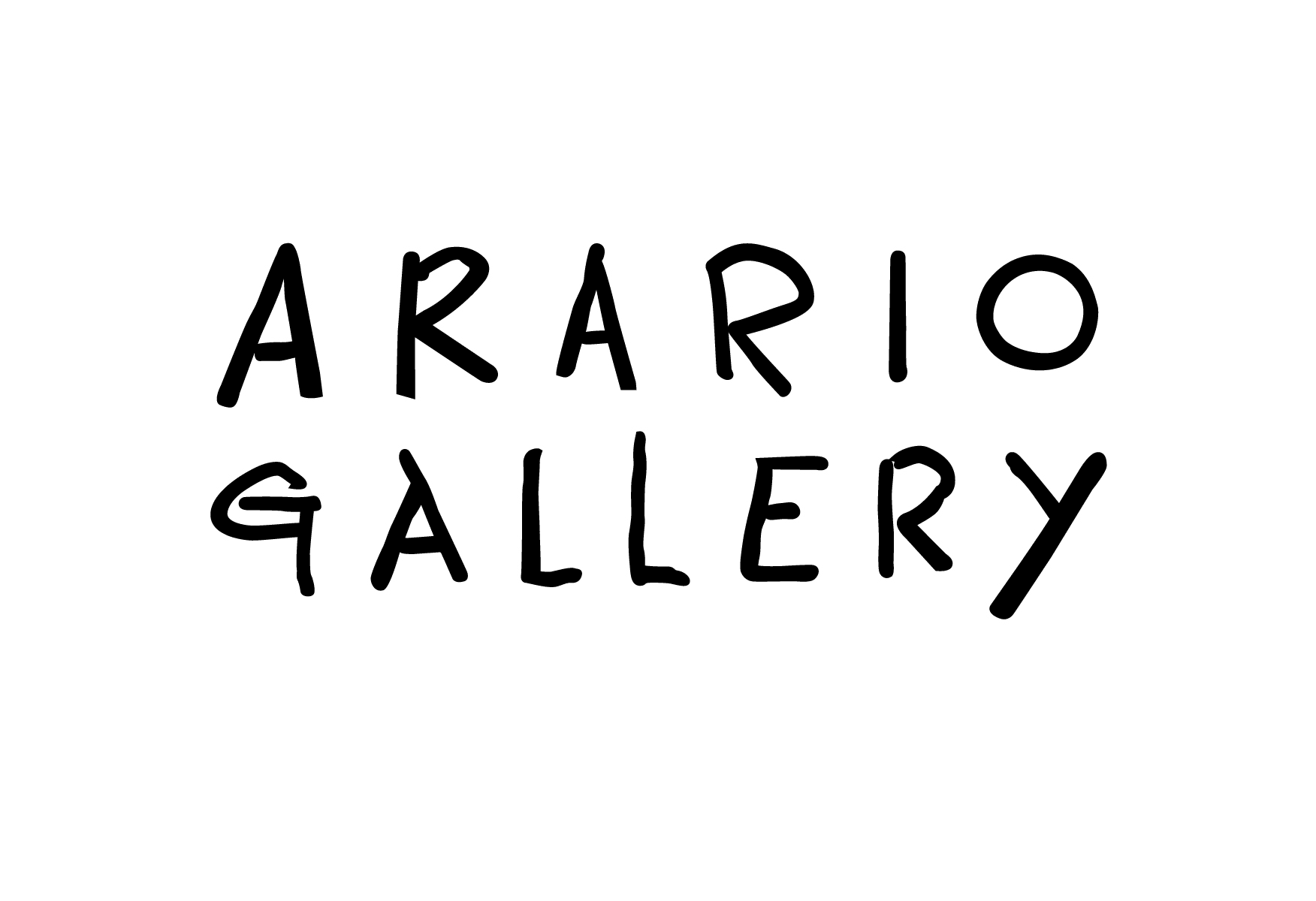































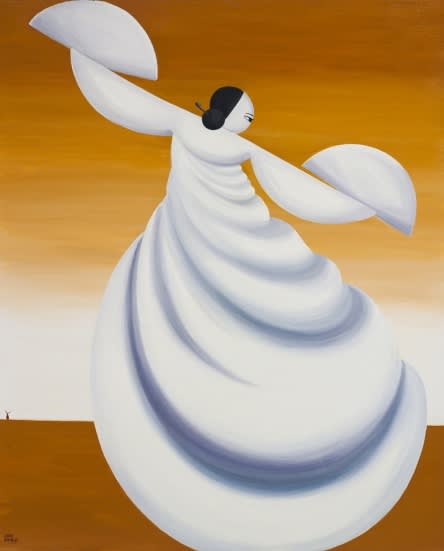

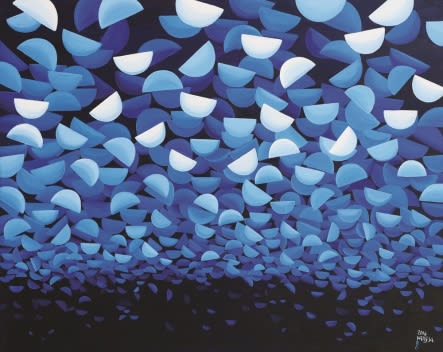
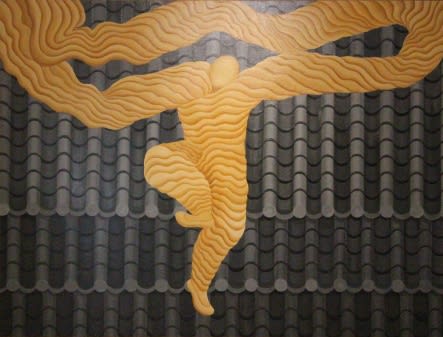
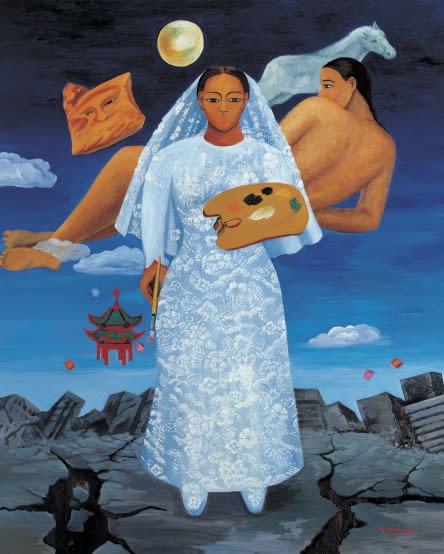

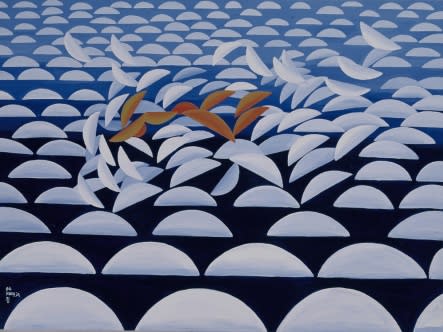


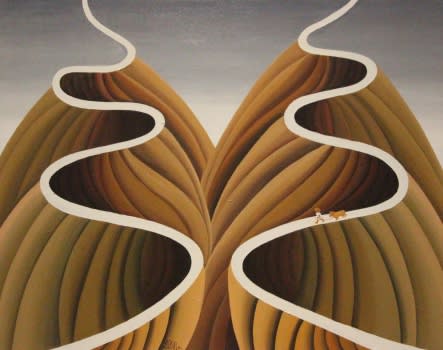
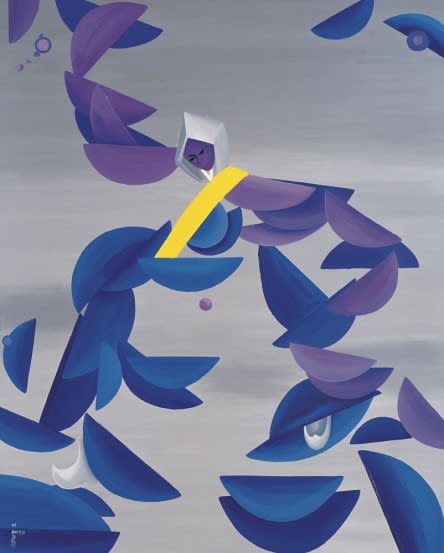



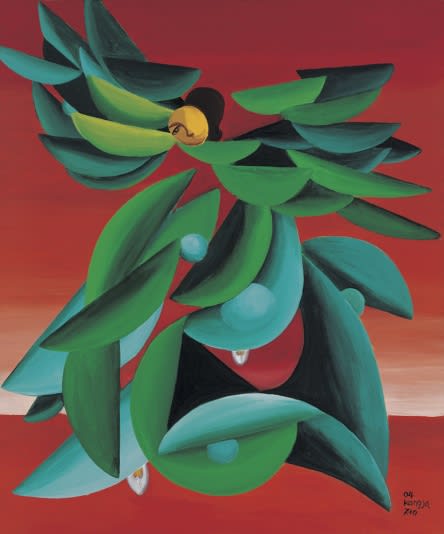



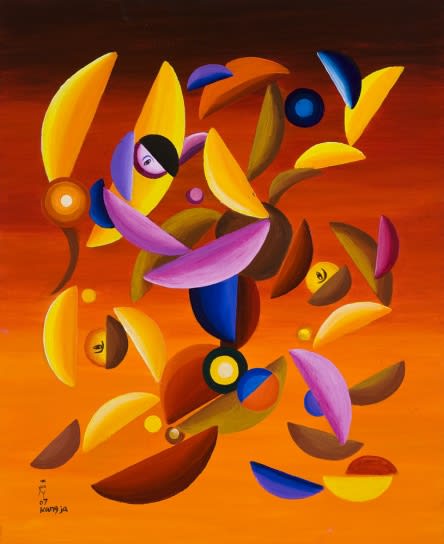
![[Event] Arario Gallery Cheonan: International Women's Day](https://artlogic-res.cloudinary.com/w_1200,c_limit,f_auto,fl_lossy,q_auto/ws-arario/usr/images/news/main_image/89/0.70111800-1520393595.jpg)
